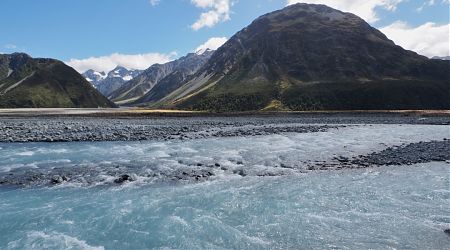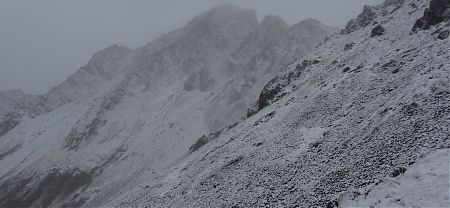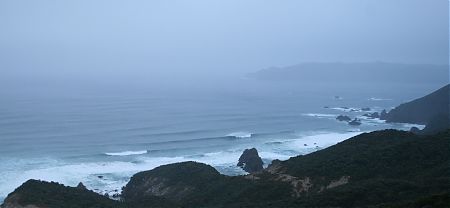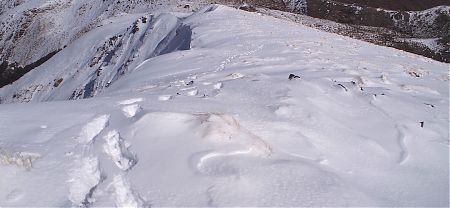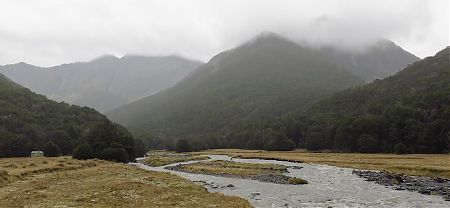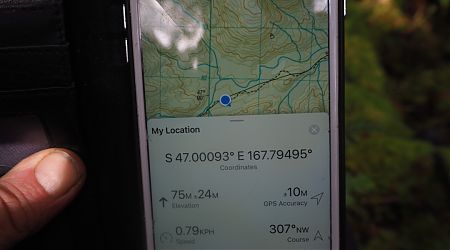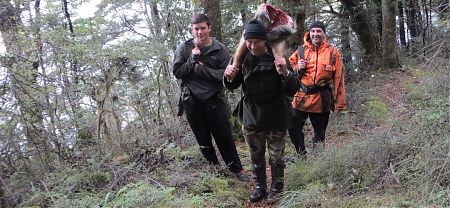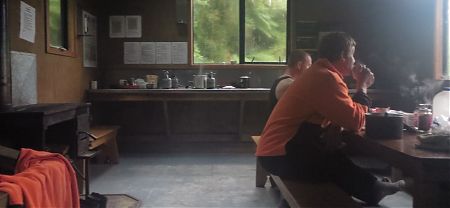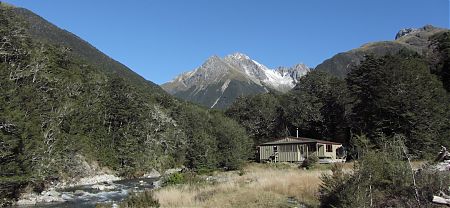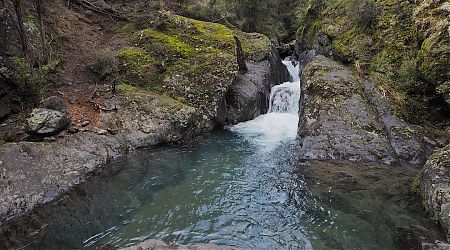safety concerns
The New Zealand backcountry significantly differs from that in continental USA, Europe, or Australia.
Here are a few warnings to remember while venturing into this terrain.
A few hikers, unfortunately, die out there every year.
Search and Rescue deals with, on average, over 200 rescues for hikers with injuries a year.
Don’t be one of them.
We don’t have “accidents” in New Zealand.
We have poor decisions.
We don’t have “accidents” in New Zealand. We have poor decisions.
New Zealand might be unique in having a decently resourced and highly responsive Search and Rescue Service.
The weather in New Zealand is mostly consistent: assume it’s going to be foul and then every fine day is a bonus.
Overseas trampers can have considerable experience with winter conditions and snow.
The situation in New Zealand can be very different from that overseas experience.
How much is your life worth?
GPS app or paper maps? There’s an easy answer: how about both?
Most hunters are well drilled in the mantra “Identify your Target”, and are disciplined in restraining pulling the trigger until they are sure they have something four legged in their sights, not just blasting away at any movement in the shrubbery.
Shared experience is what life is about.
But man, have you ever tried to orchestrate a group?
Training?
Answer: not much required.
It’s your own and other people’s hand hygiene you need to worry about, not the pristine water flowing in mountain streams and rivers.
